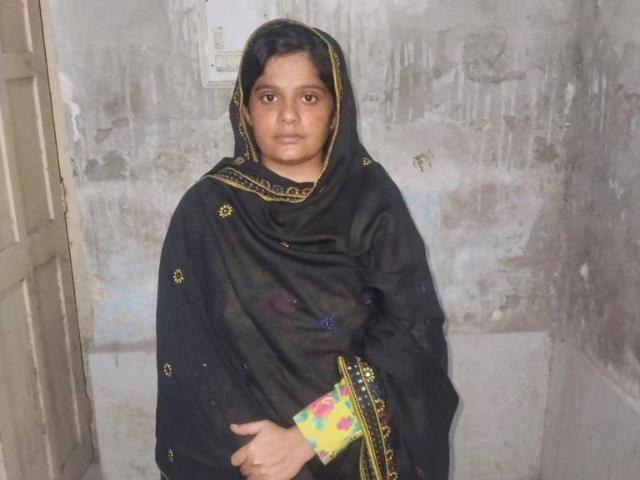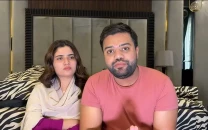Swipe, chat, kidnap: TikTok influencer behind Sindh's honeytraps
Influencer's friendship with gangster led to series of abductions in Kashmore

An influencer on TikTok accused of catfishing men and handing them over to bandits has been caught by the police.
Uroosa Solangi is a popular TikToker from Kashmore district, with most of her followers coming from rural areas of Sindh and Punjab.
Using “honeytraps,” she lured many people from Punjab and Sindh to Kashmore, where they were kidnapped. When police investigated these incidents, they found evidence of a woman's involvement.
According to Kashmore ASP Muhammad Asher, earlier the dacoits of the Kacha area used voice filters for honey traps. After analyzing call records, police discovered that a woman was working with the notorious Bakhsh Ali Shar gang.
The woman's mobile was kept under constant surveillance. She had allegedly changed her SIM card four times.
ASP Asher said that by analyzing the messaging and calls on Solangi’s four phone numbers and the numbers of “B-party” members (Shar gang members), they managed to trace her.
No criminal activity of Solangi was found on her TikTok account. Instead, she allegedly used Facebook and WhatsApp to lure men interested in marriage and invited them to Kashmore for meetings. There, the Shar gang would then capture them and take them into Sindh’s Kacha area.
According to the police officer, Solangi was not directly involved in ransom negotiations or payments in each kidnapping case. However, after the ransom was collected, she received her share.
Kashmore Police reported that Solangi was involved in more than a dozen honey trap cases. An FIR has now been registered against her.
When asked how a famous Sindhi TikToker with millions of followers, good income, and no previous criminal record got involved with a gang of dacoits, police said that Solangi had been receiving threats from a criminal. She complained to the gang leader, Bakhsh Ali Shar. After just one threatening phone call from Bakhsh Ali Shar, the criminal left her alone, but from then on, her friendship with Bakhsh Shar began.






















COMMENTS
Comments are moderated and generally will be posted if they are on-topic and not abusive.
For more information, please see our Comments FAQ